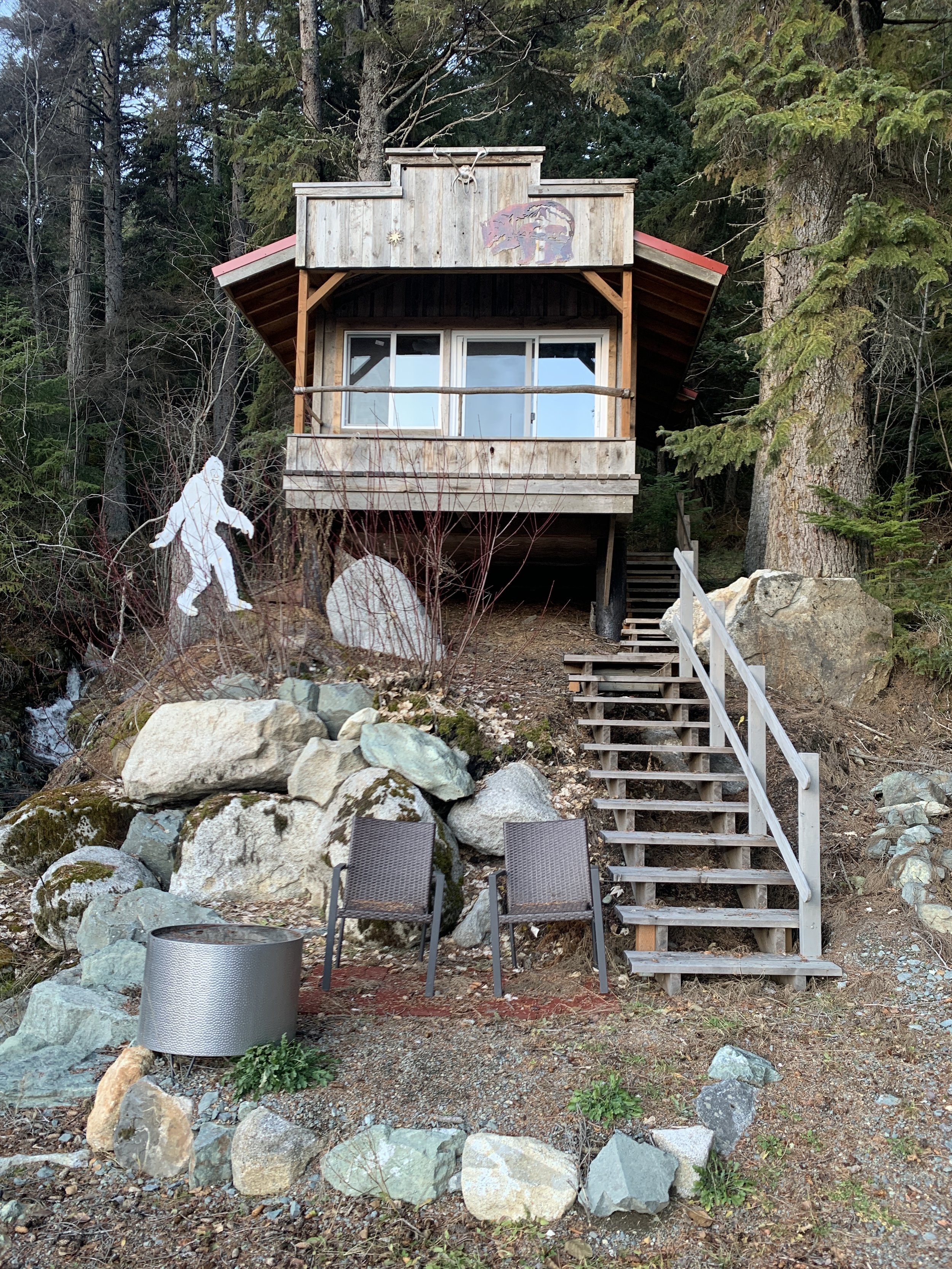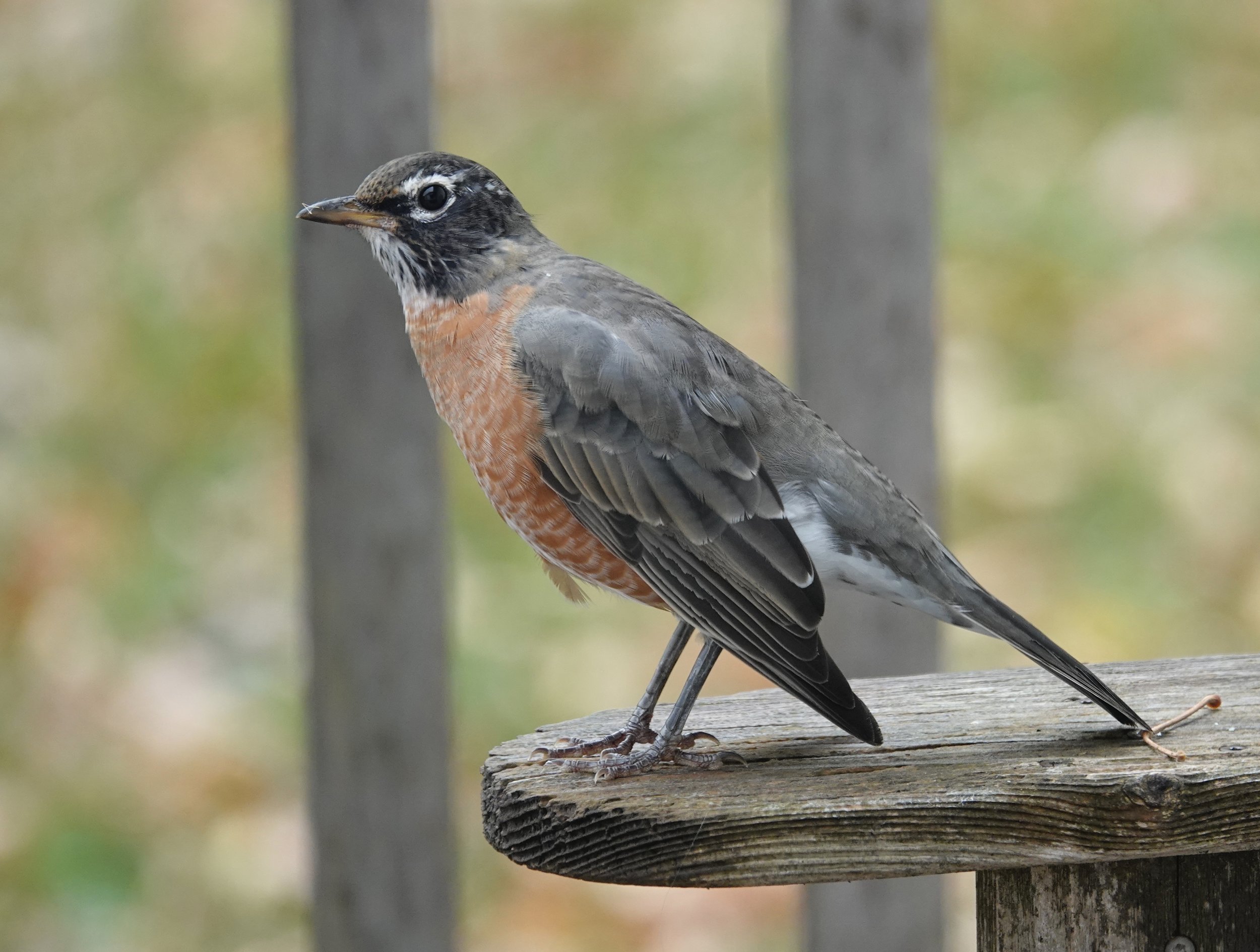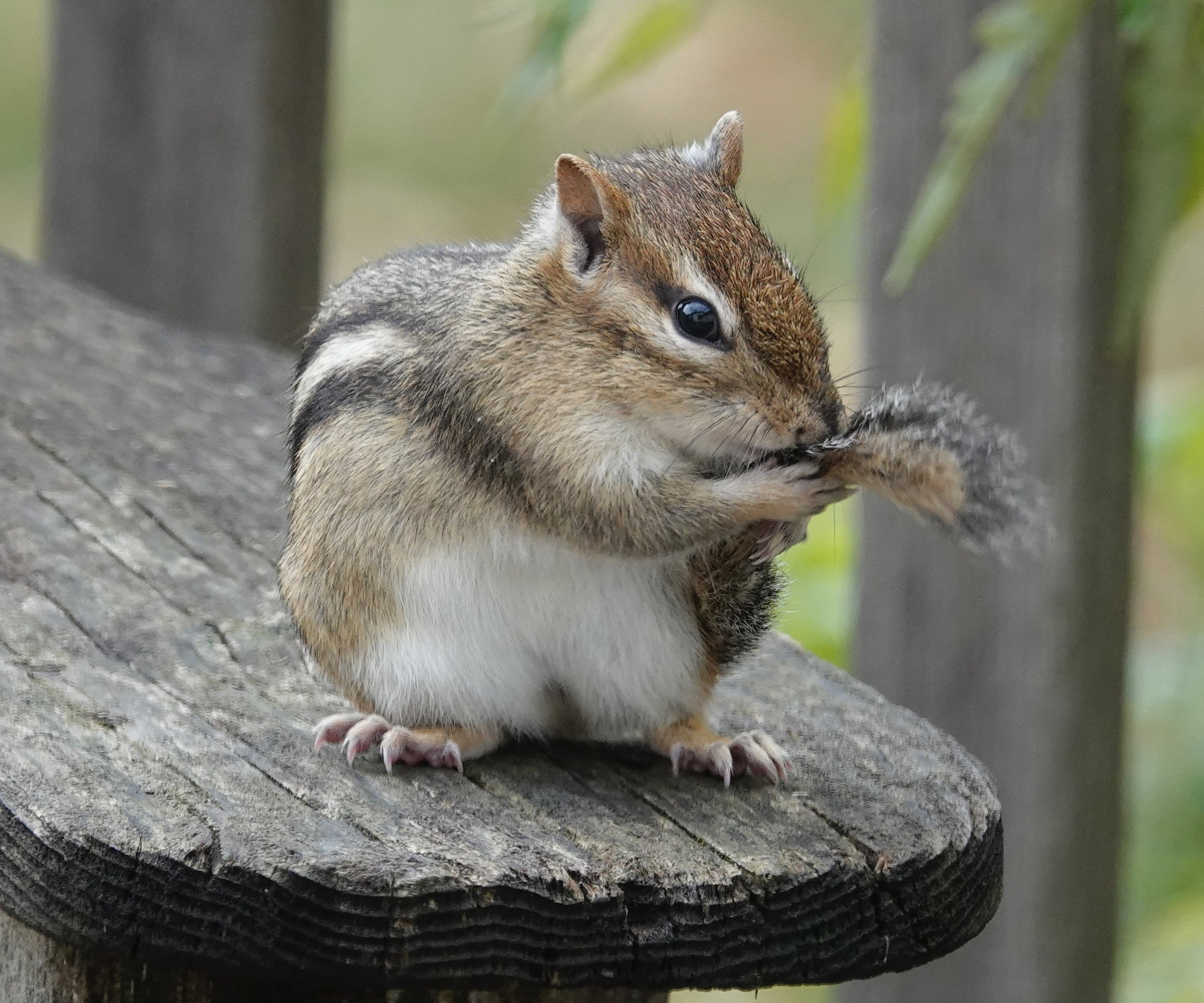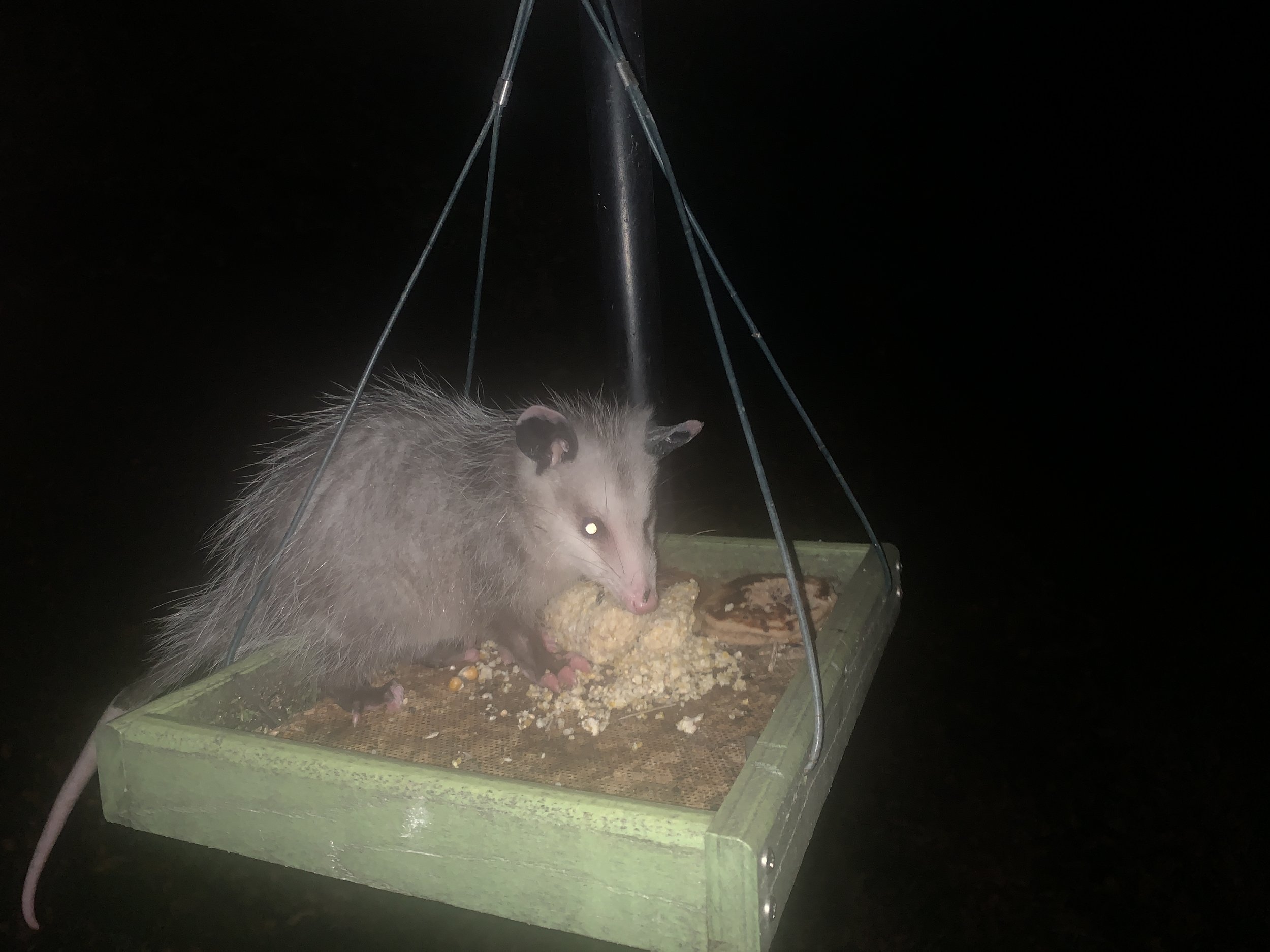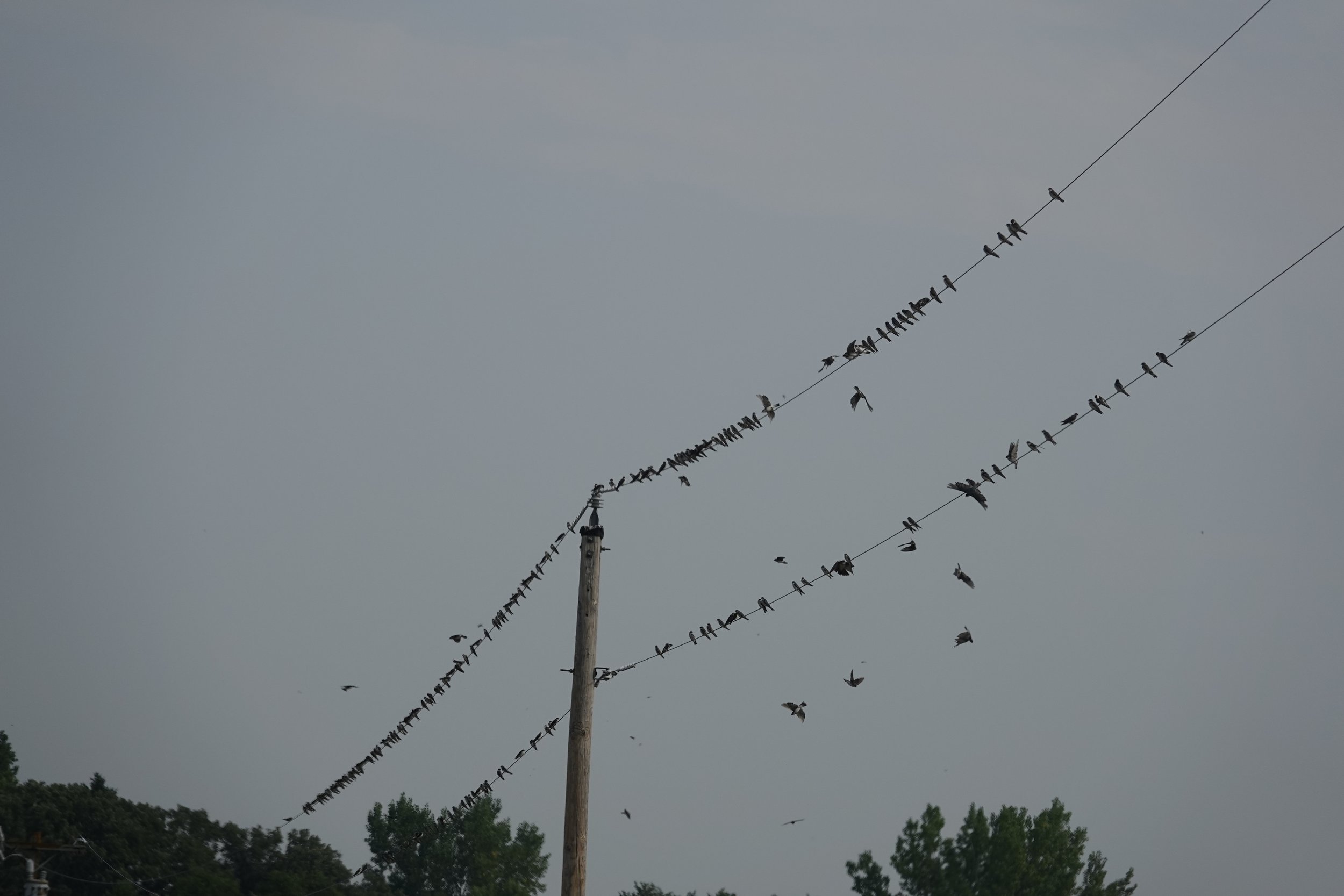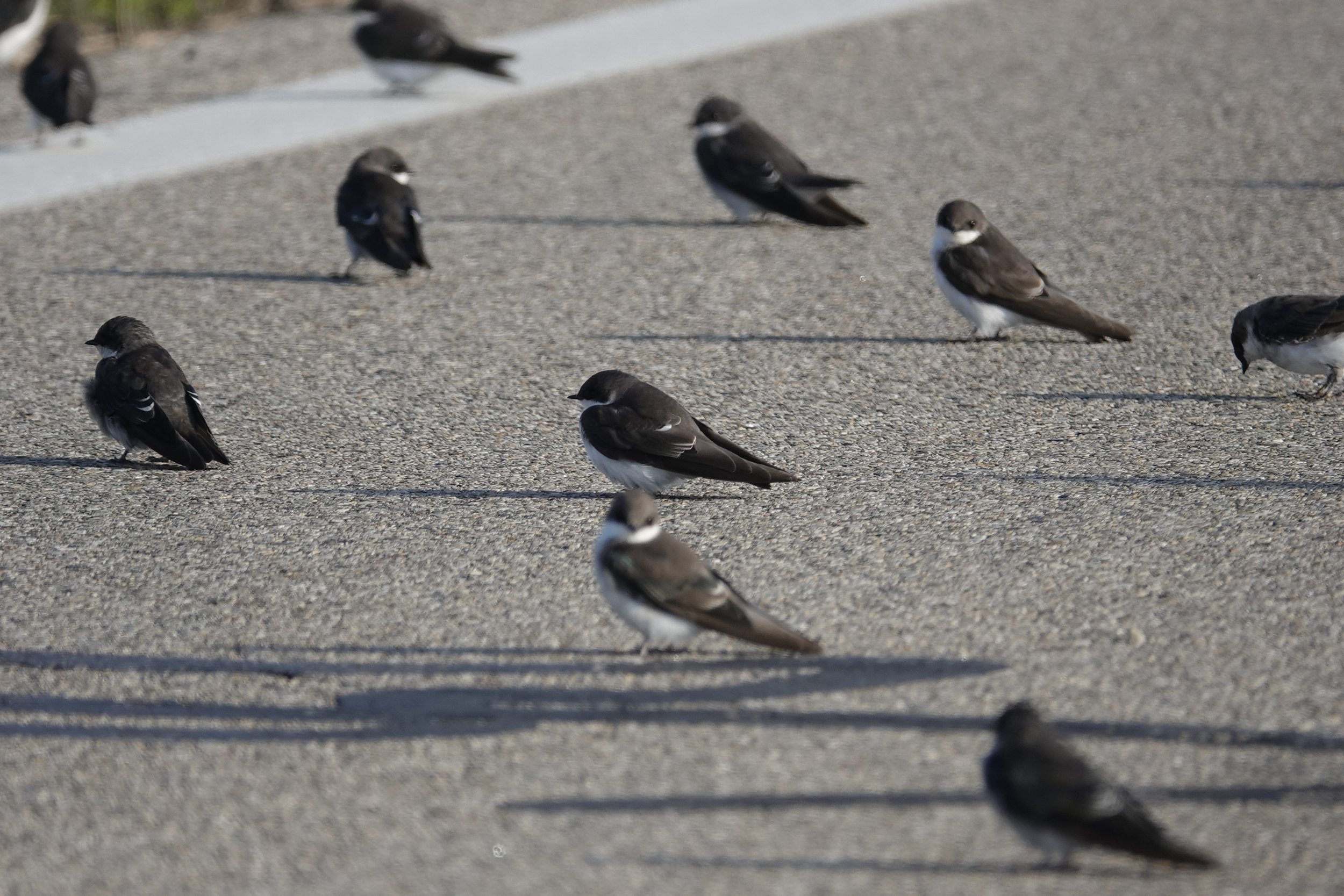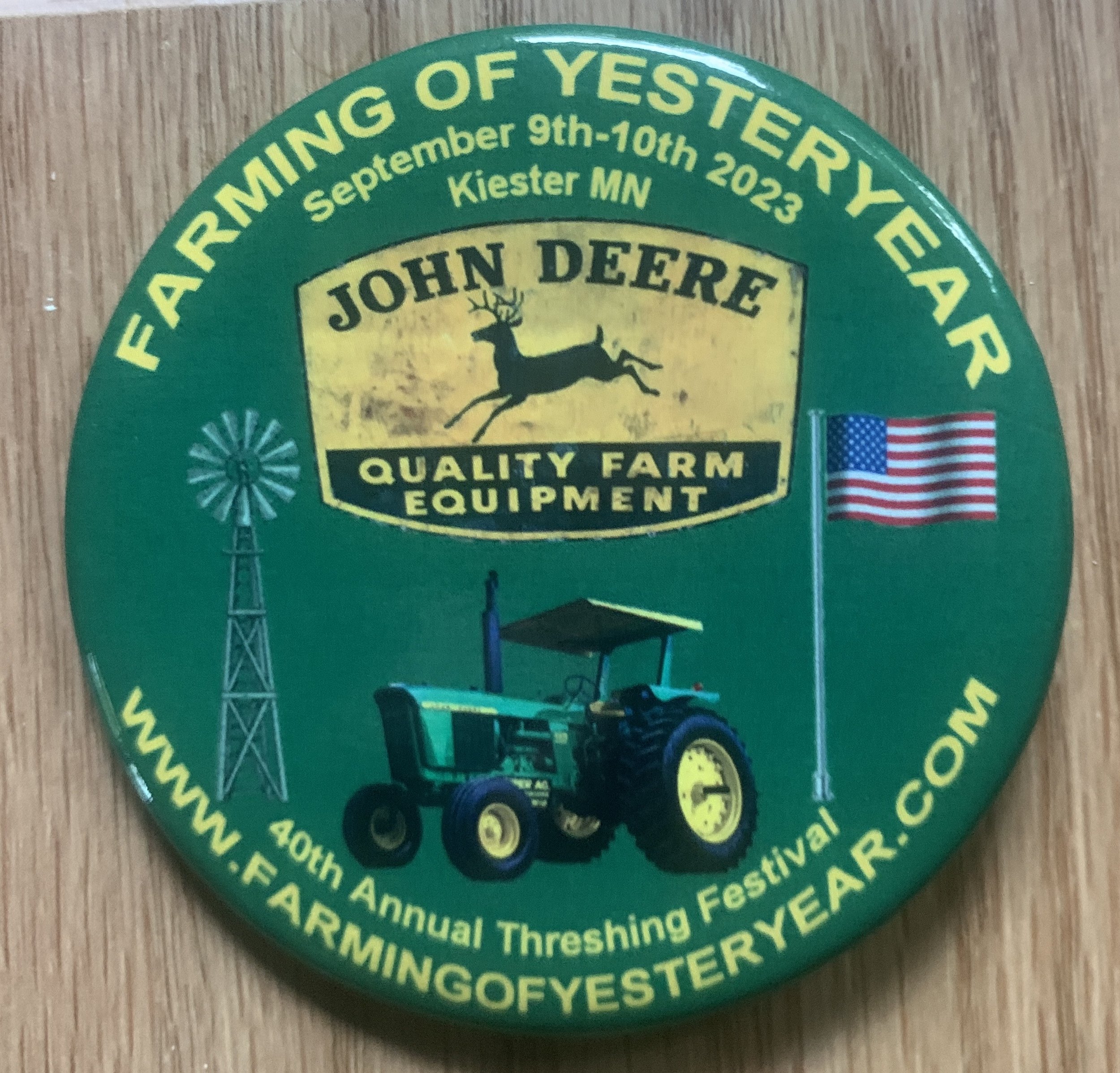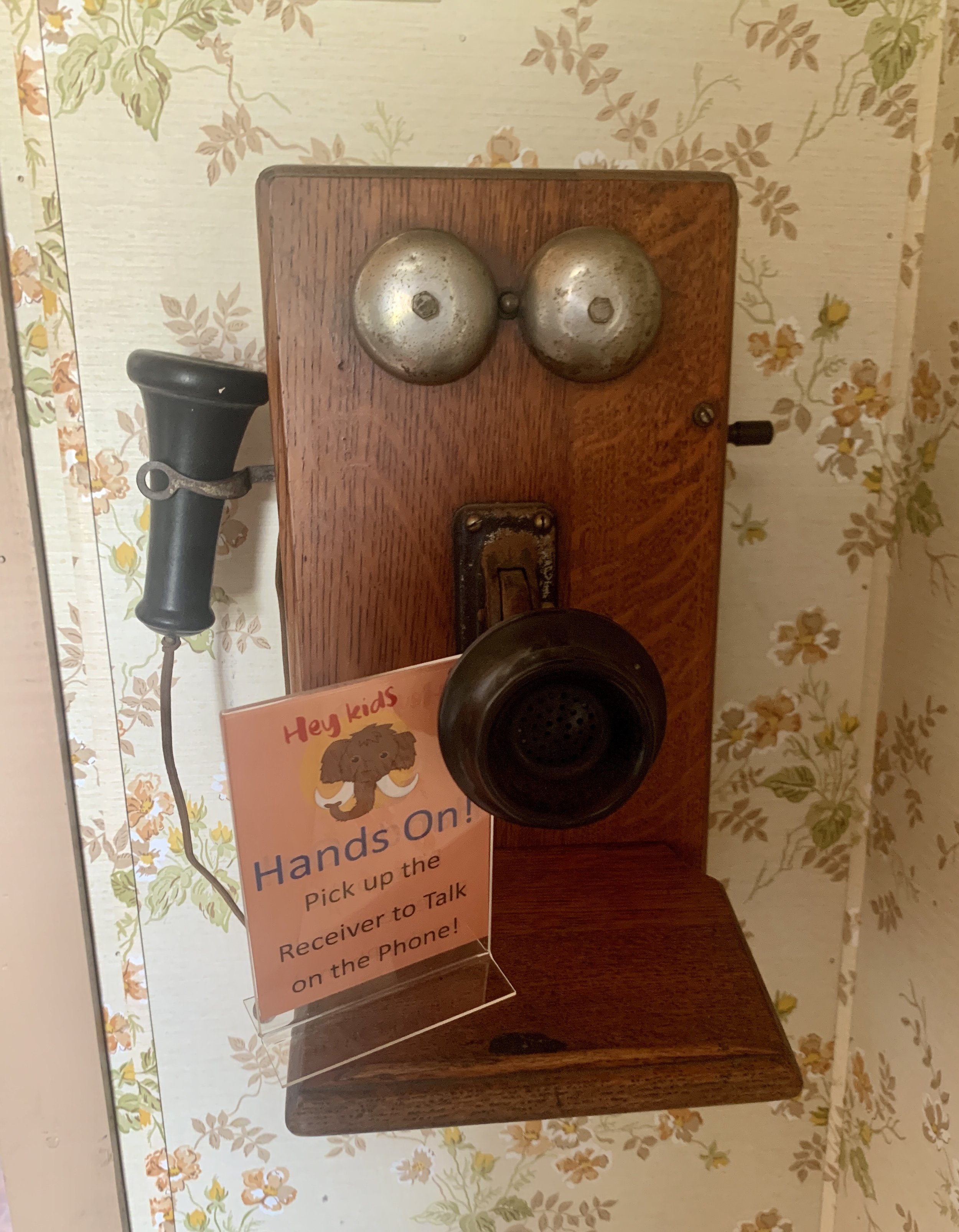Naturally
I’ve said goodbye to many of summer’s birds and insects, little things that made a season. I did a good deed and put out some birdseed in their memory.
Lots of flowers are blooming in the middle of November—mostly dandelions. A caller said raccoons got into a garbage can. I said they were seeking canned goods.
I saw a pair of bald eagles on a nest site in Alaska in November. I’ve seen that in Minnesota in November, too. They come in to do a little repair or remodeling, or maybe it’s just a bonding practice.
Cooper’s hawks are prospering in urban areas. Their preferred prey can be readily found there—rock pigeons, mourning doves and Eurasian collared-doves. I watched a Coop chase house sparrows under a minivan, while a downy woodpecker froze in place, trying to be invisible. Freezing in position is a common strategy for the downy, as woodpeckers aren't fast fliers. It’s the bird’s best defense, hoping to escape a predator's notice. Its slow, undulating flight isn’t a good escape mechanism.
Q&A
Five-year-old Lillie wanted to know how many pecks it would take a red-bellied woodpecker to get to the inside of the tree. What a wonderful question. It would depend if the bird used power tools. It takes only 7 to 10 days for a pair of red-bellied woodpeckers to carve a foot-deep home in a dead tree. Foraging would take a second (a single peck) without bark and slightly longer if the bark is in place. It takes as long as it takes.
“How many young do opossums have?” The only marsupial in North America has two breeding seasons from January through May. The average litter size is between six and 20 babies (called joeys) that weigh less than a penny at birth. The joeys are carried and nursed in a pouch after birth like kangaroos and koalas. Newborn opossums remain attached to their mother’s nipples for 60 to 70 days before leaving the pouch, but continue to cling to their mother’s fur. Reaching mouse-size, they ride on their mother's back. They’re approximately four months old when they become independent.
“Are black squirrels a separate species?” They’re gray squirrels wearing black coats, which tend to exhibit more aggressive behavior than the grays. Kent State University is known for its black squirrel population. The black color results from two recessive genes coming together. If a dominant gene gray squirrel mates with a recessive gene black squirrel, the offspring will be gray. Two black squirrels produce black offspring. I’ve seen the larger fox squirrels with black on their heads in North Carolina.
“When did cardinals come to Minnesota?” In John James Audubon’s day, the northern cardinal was considered a southern bird and rarely seen as far north as Philadelphia. It’s the northern cardinal because it’s the most northerly representative of its genus, Cardinalis. The first Minnesota record was in Minneapolis in the fall of 1875. Many of the first arrivals were single males seen in southern Minnesota. Redbirds appeared in Sherburne County (1887), Kandiyohi County (1894), Fillmore County (1898) and Martin County (1913). The state’s first confirmed nesting was a nest with eggs found in Steele County in 1925. Nesting was later documented in Hennepin County in 1927 and Goodhue County in 1930.
“Do pheasants lay eggs in the nests of other birds?” They are occasional brood parasites, laying eggs in nests of ducks or other gallinaceous birds like partridge, grouse, quail and turkey.
“How far can a turkey fly and how old are they before they can fly?” Turkey poults can fly when they’re 8-10 days old. The adults rarely fly over 100 yards, but are said to be capable of flying 1/4 mile. Pheasants can fly 600 feet, although the Cornell Lab of Ornithology says a 1941 report noted a pheasant was observed flying 4 miles across a body of water. Baby pheasants can fly 150 feet when they’re three weeks old.
“What’s the difference between a deer rub and a scrape?” A rub is created when a buck rubs its antlers on saplings, brush, small trees or fence posts, peeling away the bark or surface of the object. Bucks place scent from the forehead and preorbital glands on the wood to let other bucks know they’re around. A scrape is made when a buck paws the ground with its hooves and deposits secretions from its interdigital glands.
Thanks for stopping by
“I don't ask for the meaning of the song of a bird or the rising of the sun on a misty morning. There they are, and they are beautiful.”―Pete Hamill.
“After you have exhausted what there is in business, politics, conviviality, and so on—have found that none of these finally satisfy, or permanently wear—what remains? Nature remains.” —Walt Whitman.
Do good.
©️Al Batt 2023
American crows have an outsized intelligence. Young crows don’t breed until they’re at least two years old, and most don’t until they’re four or more after helping their parents raise young for a few years. This gives them the time and energy for learning and play. Baby crows are chicks, but I think they should be called crowlets. Collective nouns for crows are murder (maybe because they’re scavengers), horde, mob or parliament. Photo by Al Batt.



